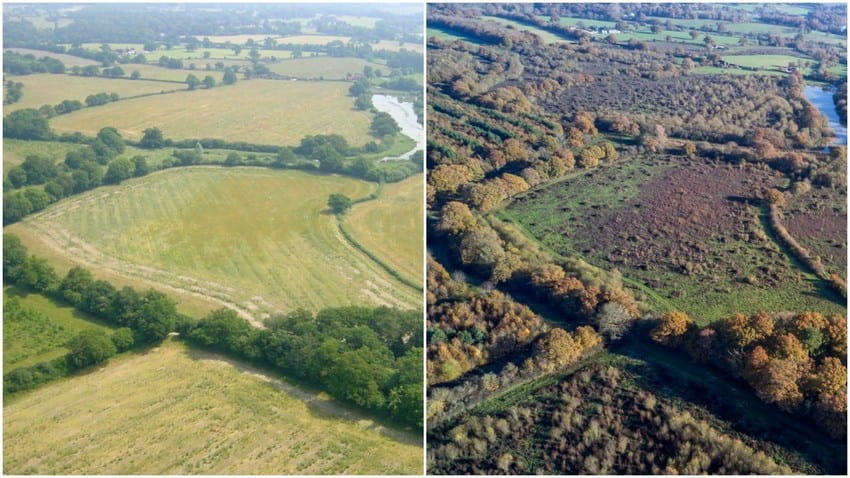18 Jan 2020, Sat 02:00 PM – 05:00 PM The Single Screen, Block 43 Malan Road
Presentation and Conversation: Biodiver-city and Urban Futures
with Animali Domestici, artists; Yun Hye Hwang, Associate Professor, School of Design and Environment, NUS; Sarah Ichioka, Desire Lines; and Michelle Lai, TANAH; moderated by Laura Miotto, Associate Professor, NTU ADM
Thinking through co-existence of species and the city as a habitat for diverse life forms, this panel consists of artists, researchers, and practitioners for whom interspecies interaction is at the core of their practice. Animali Domestici studied the existence of pythons in the city of Bangkok, Yun Hye Hwang observes the outcomes of zero intervention on landscapes, Sarah Ichioka looks at social-impact architecture at the intersections of urban planning and ecology, and Michelle Lai advocates for urban farming embedded in local culture and knowledge.
See more details here


 There have been some rather interesting observations during this circuit breaker period such as canes being sold out in Singapore, and mould growing on leather goods in a shuttered mall in Malaysia.
There have been some rather interesting observations during this circuit breaker period such as canes being sold out in Singapore, and mould growing on leather goods in a shuttered mall in Malaysia.




